What can these remote Scottish islands teach Southeast Asia about clean energy?
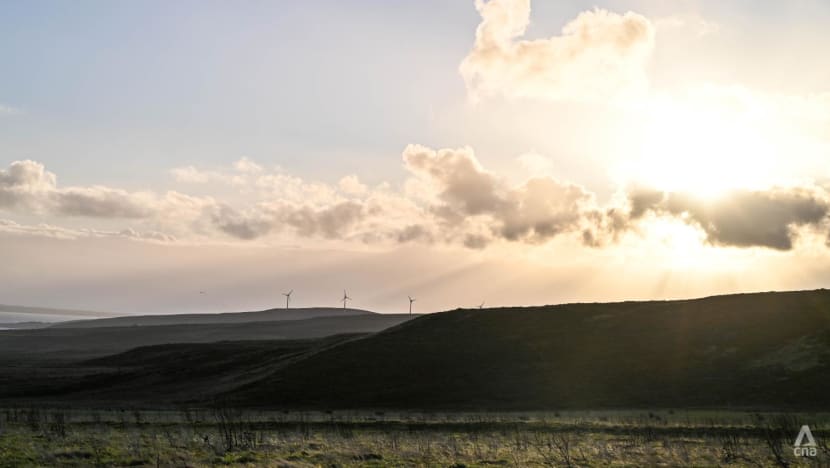
Orkney has become a magnet for new renewable technologies. (Photo: Jack Board/CNA)
KIRKWALL, UK: Henny Gunawan and Agung Iswadi could hardly be further from home.
The two Jakartans don winter jackets standing outside the International Centre For Island Technology in Orkney, an archipelago in the far north of Scotland.
The skies are turbulent over this part of the world and the winter comes early. Powerful gales sweep across the island for most of the year, whipping up daunting swells in the surrounding Atlantic Ocean, which pound the western shorelines.
This is a very different island life to what these PhD students know. Both are here to fast track their levels of expertise in the renewable energy sector with the specific ambition of taking that knowledge back home.
They are in the right place then.
Orkney, notwithstanding its small population of around 22,000 and geographic isolation, has become a global centre for clean energy technology, a literal playing ground for experimenting with the next wave of solutions for the world.
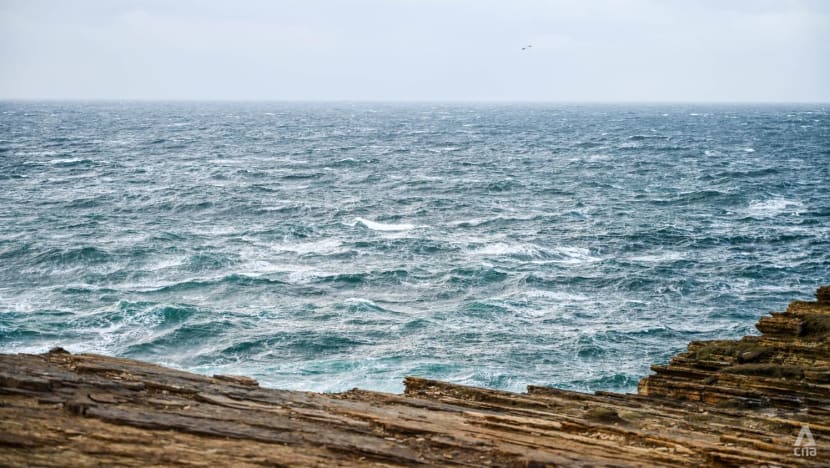
With more than 650 wind turbines and about 400 solar panels installed, the islands can generate more than 130 per cent of their energy needs, with the capacity to sell any excess back to the UK mainland.
For decades, a spirit of endeavour and a need for resilience has emboldened Orcadians to try and harness the elements around them. The result is the archipelago becoming a magnet for companies, startups and initiatives looking at the skies and into the deep for solutions.
“This is like a living laboratory for us. Maybe like a miniature Indonesia, as an island nation. We can learn many things from here,” Iswadi said.
“I think if Orkney can do it, maybe Indonesia can do it even better. We have much potential in Indonesia, especially from the ocean.”
It was Iswadi who recently greeted a delegation from the Indonesian government visiting Orkney to see firsthand the ways renewable energy was transforming the local economy, around the time of the COP26 climate change conference in Glasgow in November.
That visit was another signal of the interest in Orkney from governments, academics and enterprises in Southeast Asia.
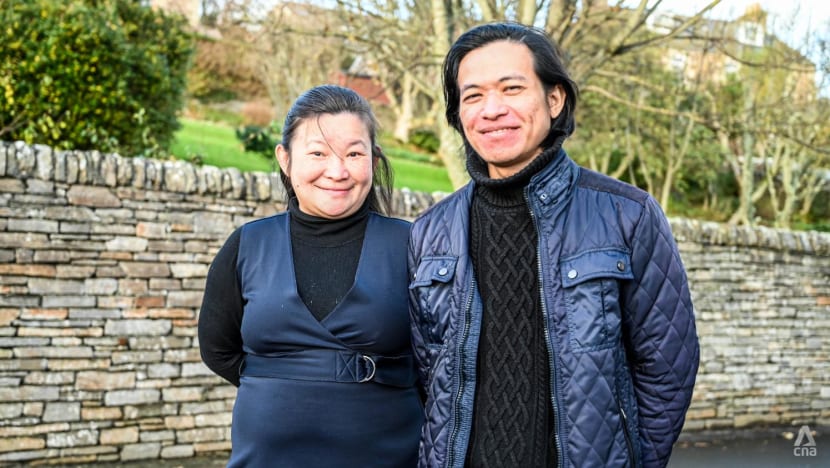
THE POWER OF THE OCEAN
Wave and tidal energy are being developed in the waters around Orkney, two fledgling technologies that could have vast potential in different environments.
Mocean Energy has recently completed a round of testing on its pioneering Blue X device, a 20-metre long, 38-tonne prototype that can generate energy using the power of the ocean swell.
“Marine renewables is a growing field. There's a lot of uses globally for wave power and it’s estimated that wave power could produce up to 15 per cent of the global energy demand,” said Yan Gunawardena, Mocean’s operations manager.
In 2022, it is planned for the device to be redeployed and connected to a subsea battery, which will be used to power a remotely operated autonomous underwater vehicle. At this stage, it could help provide energy for offshore oil and gas operators.
“Our technology is still in its infancy. We want to try to scale up from a device we currently have,” Gunawardena said.
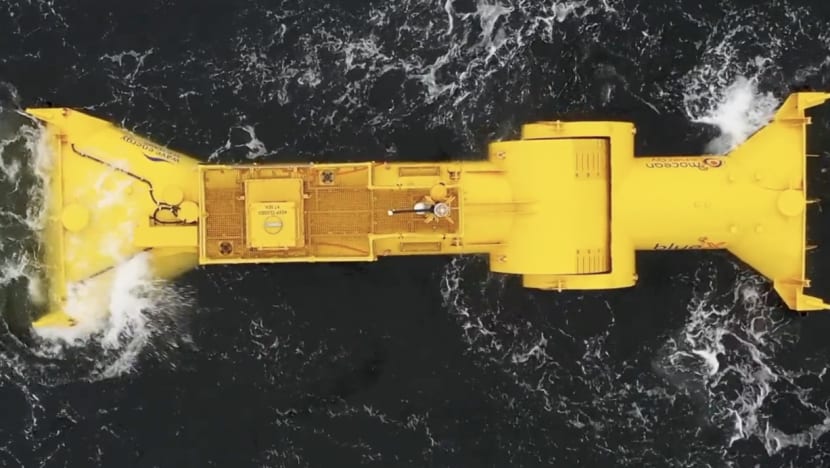
“The Blue X is our first device and this scale is really designed for off grid offshore and subsea applications. The same technology can then be scaled up to produce grid scale power.”
“We want to make a device about 40 metres long which weighs 300 tonnes. So it's the next next step and we need to get investment to do that,” he said.
Meantime, another company, Orbital Energy, has launched an even larger project, which attempts to harness the immense potential of the forceful tides that flow around these northern islands.
Over the next 15 years, Orbital’s 72-metre long O2 tidal turbine is expected to produce capacity for clean and predictable power for 2,000 homes, and is also involved a project to generate green hydrogen using an onshore electrolyser.
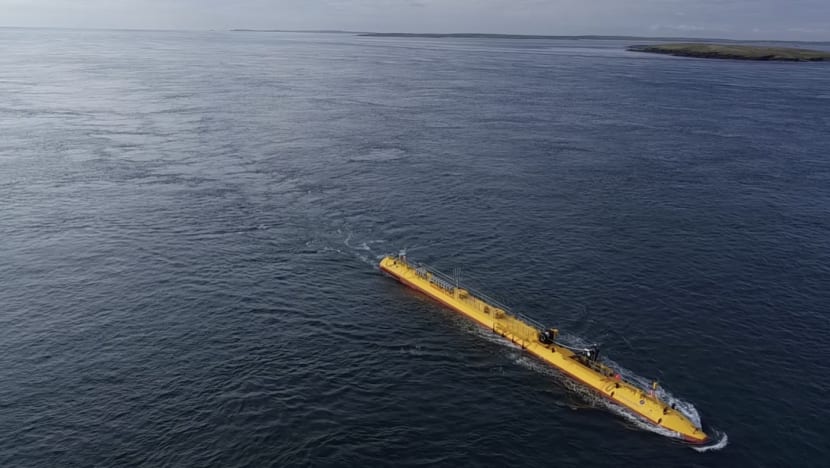
As the tides can be easily predicted, unlike wind or solar energy applications, there is great hope in this technology becoming a potentially valuable addition to energy mixes.
With its vast maritime resources, adopting similar technologies could come into play in Southeast Asia in coming years.
LOCAL BENEFITS
For his PhD, Iswadi is looking at the technological challenges of marine energy in tropical waters, while Gunawan is focused on the financing of renewable energy, especially in eastern Indonesia where electricity access is uneven and under-resourced.
Aside from them, Orkney-based operations already have a foothold in Southeast Asia.
Aquatera is a local business providing environmental expertise and operational support for many new clean energy ventures and research.
Its director, Ian Johnstone, said he thinks the knowledge that has been developed for years in this part of Scotland is ready to be applied across the globe, a situation made more urgent by climate change.
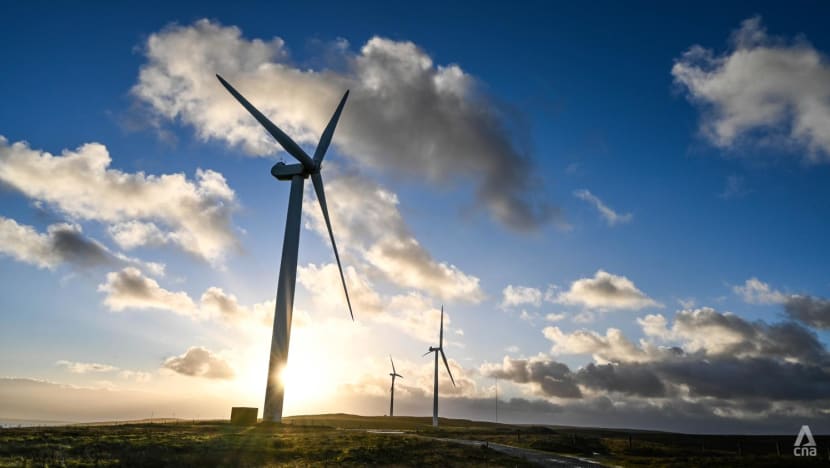
“The expertise that we've built up and the lessons we've learned from deploying devices, installing devices, and then learning how to integrate devices into an energy system is incredibly valuable to be taken to other places,” he said.
“We've been all across Indonesia, looking at projects and working with regencies. It’s the same in the Philippines where we've got very good connections.
“With thousands upon thousands of islands, I think we see this potential and also the drivers of climate change.”
As well as Aquatera, Johnstone has been involved with a local initiative to try and better manage the excess electricity being generated across Orkney. For now, many local residents are not getting direct benefits from clean electricity and household bills remain high.
Additionally, grid capacity issues - the power cable back to the mainland gets overloaded - mean that sometimes wind turbines need to be switched off, which Johnstone described as a “terrible waste”.
“We can still produce more than we can use, so we need to move the energy around. So when the wind is blowing flat out, then we want to be filling batteries or producing hydrogen. These are two ways that we saw to store energy,” he said.
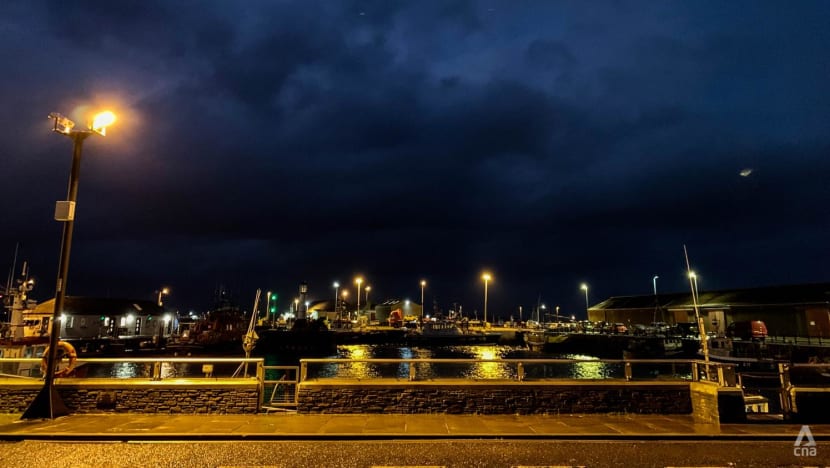
Several community-owned wind farms are helping to provide direct funds to local projects, such as public transport, affordable housing and loan repayments.
“All that money can feed back into the community so that they can either look to invest in their own projects, or they can look at different projects to help reduce their energy requirements or invest in more renewable projects on their own scale,” said David Hannon, the strategic project manager for Orkney Islands Council.
Getting buy-in from locals is an area that Orkney has been an area of success, but a hurdle elsewhere where the experience of renewable energy is less mature.
The council is active in promoting electric vehicles and a program to convert excess electricity into hydrogen, which can be used to drive vehicles and provide auxiliary power to ships in dock.
“We also are looking into other projects where we could have ferries that are running on hydrogen. So we are very much looking at all the different aspects of hydrogen that could be utilised; we have transport, we have storage, and we have heating,” Hannon said.
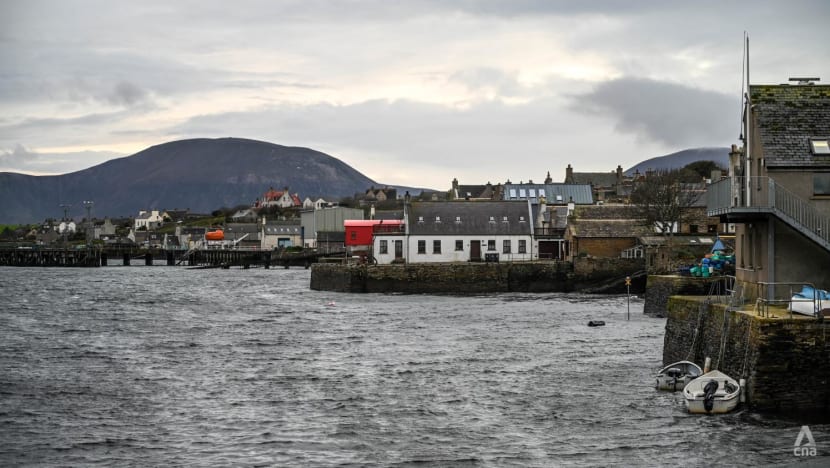
HYPE FROM HYDROGEN
Hydrogen is also a focus of the European Marine Research Centre (EMEC), which for years has been trialling new technologies and providing a testbed for other companies.
It sees hydrogen as one of the key ways of integrating power that would otherwise be wasted and decarbonising fossil-fuel heavy industries, like shipping and aviation.
“We think, if the wind is always blowing, the waves are always high, the tide is reliable, there's an immense resource there that we can't yet take advantage of. So we look at hydrogen as a means of storing power,” said James Walker, EMEC’s hydrogen development manager.
“And then we can use that hydrogen at a later date to tackle some of the key sectors that are otherwise quite difficult to decarbonise.
“Particularly international long distance shipping, it's difficult to see an electrified alternative that will address that energy need. Similarly, it's very difficult to look at a battery operated plane crossing the Atlantic or going from here to Singapore, for example. And in that instance, we need to think about alternatives,” Walker said.
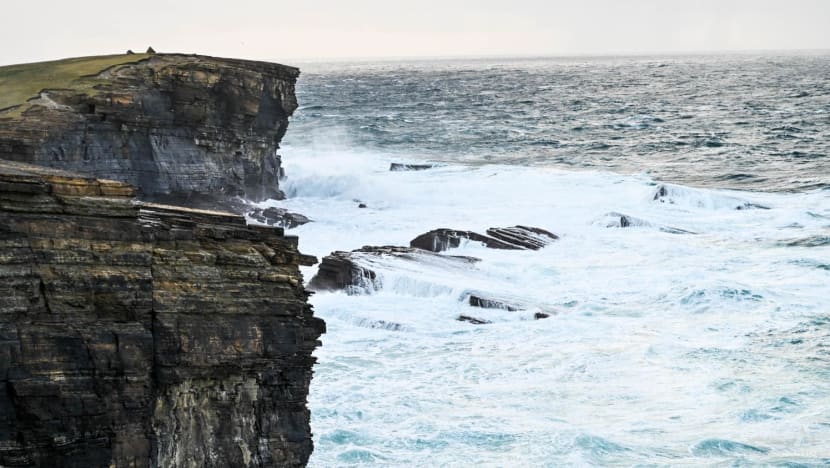
Everything in this closed loop “living lab” is designed to be replicated elsewhere on islands and in coastal environments, once the technology is proven.
The prevailing general attitudes from islanders about tackling unique challenges can help them solve this decarbonisation issue, according to Sandy Kerr, the director of the International Centre for Island Technology at the Orkney campus of Heriot-Watt University.
So while Orkney might seem completely distant and removed from small islands in Southeast Asia, there are plenty of commonalities to draw upon.
“Because we're small, and it gives us flexibility to change, maybe we can be fleet of foot and move quicker than big metropolitan areas,” Kerr said.
“But also I think islanders themselves, they're inherently systems thinkers. If you live on a small island, you know where your energy comes from, you understand the transport links, you know where your water comes from, you understand the life support system for the island in a way that if you live in a city, you probably don't.
“Curiously, we all face similar problems. We're at the end of long supply chains and we're over-reliant on diesel. We need to deal with the intermittency of renewables and relatively small electricity systems,” he said.
“And we all have to decarbonise. There's no one silver bullet. So we can learn from each other.”













